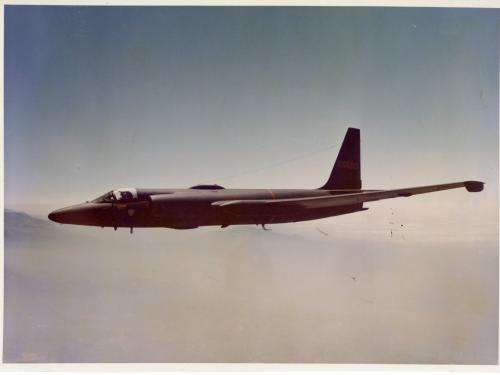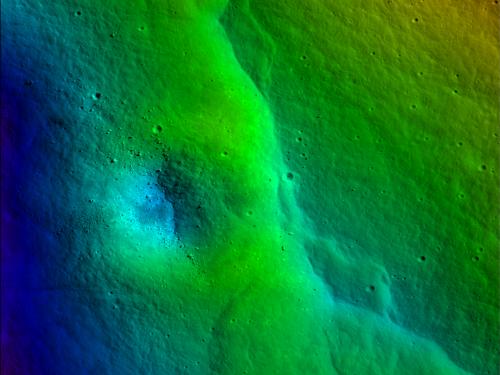
Stories of daring, stories of technological feats, stories of prevailing against the odds ... these are the stories we tell at the National Air and Space Museum. Dive in to the stories below to discover, learn, and be inspired.
Showing 21 - 30 of 35

August 05, 2016
On this day in 2011, Juno began its journey to Jupiter. After an almost five-year journey, the spacecraft successfully entered Jupiter’s orbit, and has since been investigating the planet's origins, interior structure, deep atmosphere and magnetosphere.

July 29, 2016
The Museum is fortunate that among our corps of docents, or guides, are people with direct experience flying or flying in a number of our aircraft. Among those docents are Buz Carpenter and Phil Soucy who know what its like to sit inside one of the world's fastest aircrafts, the Lockheed SR-71 Blackbird.

July 28, 2016
In 1976, the Lockheed SR-71 Blackbird broke the world’s record for sustained altitude in horizontal flight at 25,929 meters (85,069 feet). The same day another SR-71 set an absolute speed record of 3,529.6 kilometers per hour (2,193.2 miles per hour), approximately Mach 3.3. As the fastest jet aircraft in the world, the SR-71 has an impressive collection of records and history of service. The Blackbird’s owes its success to the continuum of aircraft that came before it.

October 27, 2015
I recently attended a screening of Bridge of Spies, a new movie directed by Steven Spielberg and starring Tom Hanks. Purportedly, Bridge of Spies was inspired by events surrounding the 1962 exchange of U-2 pilot Francis Gary Powers and graduate student Frederick Pryor for Soviet spy Rudolph Abel. The movie event was sponsored by Virginia’s Cold War Museum which was co-founded by Francis Gary Powers, Jr., who was also in attendance and served on a Q&A panel after the film.

September 30, 2015
The recent announcement by NASA that there is evidence of salty, liquid water seeping out of the ground on Mars is both exciting and scientifically puzzling at the same time. As a member of the science team for the High Resolution Imaging Science Experiment (HiRISE) camera on board the Mars Reconnaissance Orbiter (MRO), I’ve been hearing about these possible seeps, or Recurring Slope Lineae (RSL), for several years now.

September 18, 2015
Planetary science is one of those fields of research where you can always count on being surprised. The remarkable terrain of Pluto and Charon in images being sent back by the New Horizons spacecraft certainly qualifies. One of my all-time big surprises is from a recent discovery on an object much closer to home—the Moon.

October 28, 2014
You never know what you’ll uncover once you do a little digging. Museum Technician Tom Paone discovered something quite remarkable from what at first appeared to be a simple map.

November 05, 2013
Although the collection of the National Air and Space Museum contains some of the best air- and spacecraft, it also has one of the best collections of artifacts from the often forgotten days of ballooning. Before humans were able to fly into the heavens on wings or rockets, they first rose off the ground in balloons, often tethered to prevent complete flight.

October 17, 2012
On Monday morning, October 15, 1962, CIA photo interpreters (PIs) hovered anxiously over a light table at the National Photographic Interpretation Center (NPIC).

June 27, 2012
Well, not exactly, but that is the nickname some have given to the RQ-16 T-Hawk (short for Tarantula Hawk, a wasp that preys on the large spiders). The T-Hawk micro air vehicle (MAV) is a small unmanned aircraft that has been making a name for itself in both military and civilian circles since it was developed by Honeywell International Corporation starting in 2003. Weighing only about 20 pounds, the T-hawk relies on a small gasoline-powered engine (like a lawn-mower) and a ducted fan to allow it to take off and land vertically (like a helicopter), fly up to 46 miles per hour for about 50 minutes, and reach heights of 10,000 feet!
